The maintenance costs of the three most popular car brands in the UK - Ford, Volkswagen and Vauxhall – and their best-selling models is considered by car servicing and repairs website WhoCanFixMyCar.com.
It also looks at how these costs change as cars get older, assessing a total of 18,608 lines of data collected through users posting 200,000 job requests to 8,000 member garages, mechanics and dealerships.
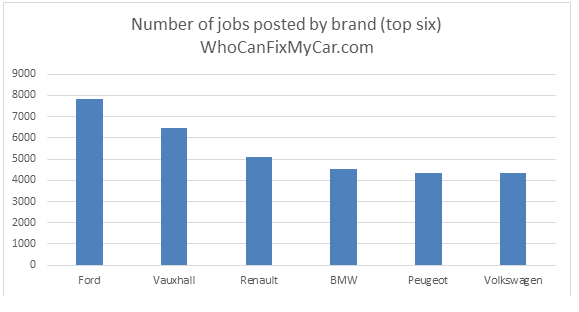
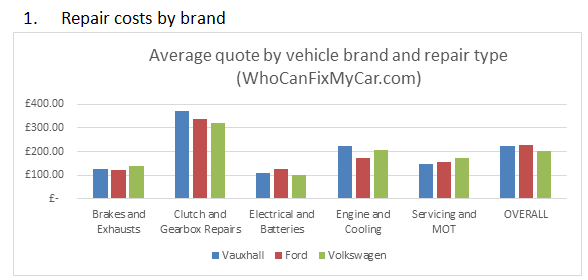
From WhoCanFixMyCar.com’s analysis, two trends become clear: first, bills vary drastically by repair type.
Transmission work, for example, comes in at a full 107% pricier than a typical servicing bill.
And secondly, the brands themselves are comparable overall, with just a 10% difference between dearest (Ford) and cheapest (Volkswagen).
2. Maintenance bills by best-selling model
There are no less than 101 different VW, Vauxhall and Ford models on WhoCanFixMyCar.com’s database, from the everyday (2,646 Focuses) to the exotic (Lotus Carltons, Mustangs and Cortinas all feature).
How do bills compare by model for Ford, Vauxhall and Volkswagen?
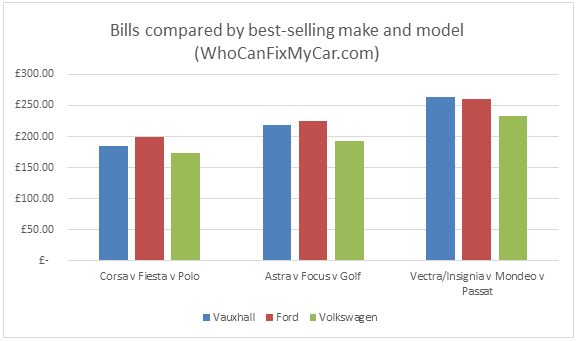
The most obvious trend is that while estimates by brand are similar, there’s a significant trend: the larger the car, the higher the average cost - 36% higher for a large family car than a supermini, to be precise. But why?
George Brown, WhoCanFixMyCar.com content executive, said: “We can also clearly see that Volkswagen have the lowest maintenance costs for each of its bestselling models when compared to their competitors.
“The average across all of the models for each brand is; Ford = £227.84, Vauxhall = £221.91 and Volkswagen = £199.48.
“So according to our data, cars made by Volkswagen have the lowest maintenance costs.”
3. What causes the 36% difference in bills between large and small cars?
Sticking with the nine bestsellers, to understand what type of work would cause such a discrepancy non-essential repairs (radio upgrades, valeting etc) were removed to find out.
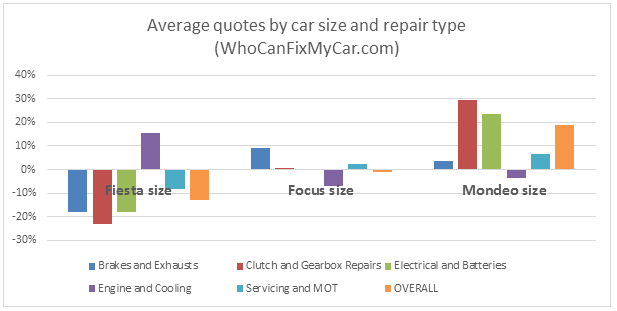
“Here the picture becomes a lot clearer: pricing is consistently higher across all categories except ‘engine and cooling’ - a collection of under-the-bonnet repairs for which complexity changes little by vehicle.
“However, across transmission, brakes and exhausts, electrical work and servicing, the trend is clear: bigger car, bigger costs," said Brown.
“Transmission work is a full 68% more expensive for Mondeo-sized cars compared to their Fiesta-sized equivalents.
“More expensive parts, more complex vehicles and the higher likelihood of pricy automatic gearbox work all contribute to the difference.”
4. Middle-aged cars, middle-aged problems...
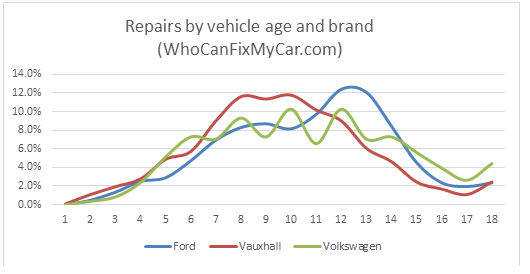
The likelihood of repairs at a certain age does vary by brand.
Owners of Vauxhalls are most likely to book in when the car is eight-10 years old, with Ford drivers turning to us two-three years later.
Repair work in much older cars (15+ yrs) is always less common, with fewer of these vehicles on the road and fewer miles covered, but Volkswagens do conform to the stereotype of longevity - with more of them being regularly maintained via WhoCanFixMyCar.com at that age.
5 ...with repair estimates peaking for nine-year-old cars
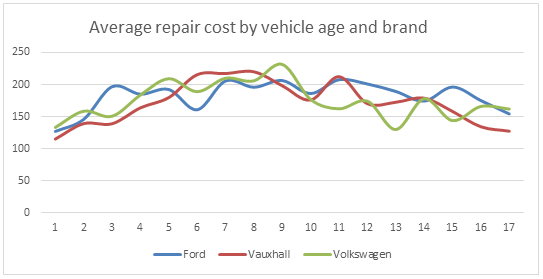
“Repair frequency is good to know, but means little without knowing how much the work is actually going to cost.
“So we also looked at the typical estimates quoted, again split by vehicle age.
Fascinatingly, costs steadily rise to peak at eight-nine years old, as these cars require substantial ‘middle-aged’ maintenance (new clutches, cambelts and the like.)
“However, from that point on, typical bills actually decline. Vehicles cover fewer miles, and certain faults may be tolerated by their drivers.
“Plus older models are often simpler to work on, thus requiring less labour time, reducing estimates.”
Conclusion
The outcome is clear: on average - and perhaps surprisingly - typical costs are a little lower for VW models than they are for Ford and Vauxhall.
“But this difference is insignificant when comparing across vehicle sizes: larger models are 36% more expensive to maintain than their smaller stablemates, across almost all repair types.
“Finally, as cars reach ‘middle age’, not only does repair frequency increase, but average repair estimates do too – so, according to our data, a 10-year-old supermini will probably cost more to maintain than a 5-year-old large saloon car.”
> See also: Insight: BMW vs Audi vs Mercedes: which costs most to maintain?

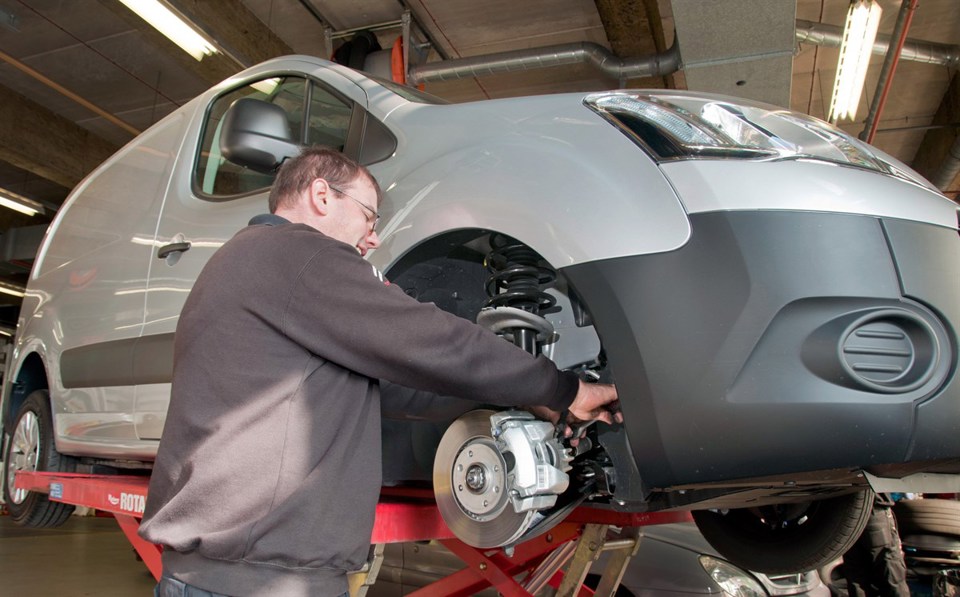















Login to comment
Comments
No comments have been made yet.